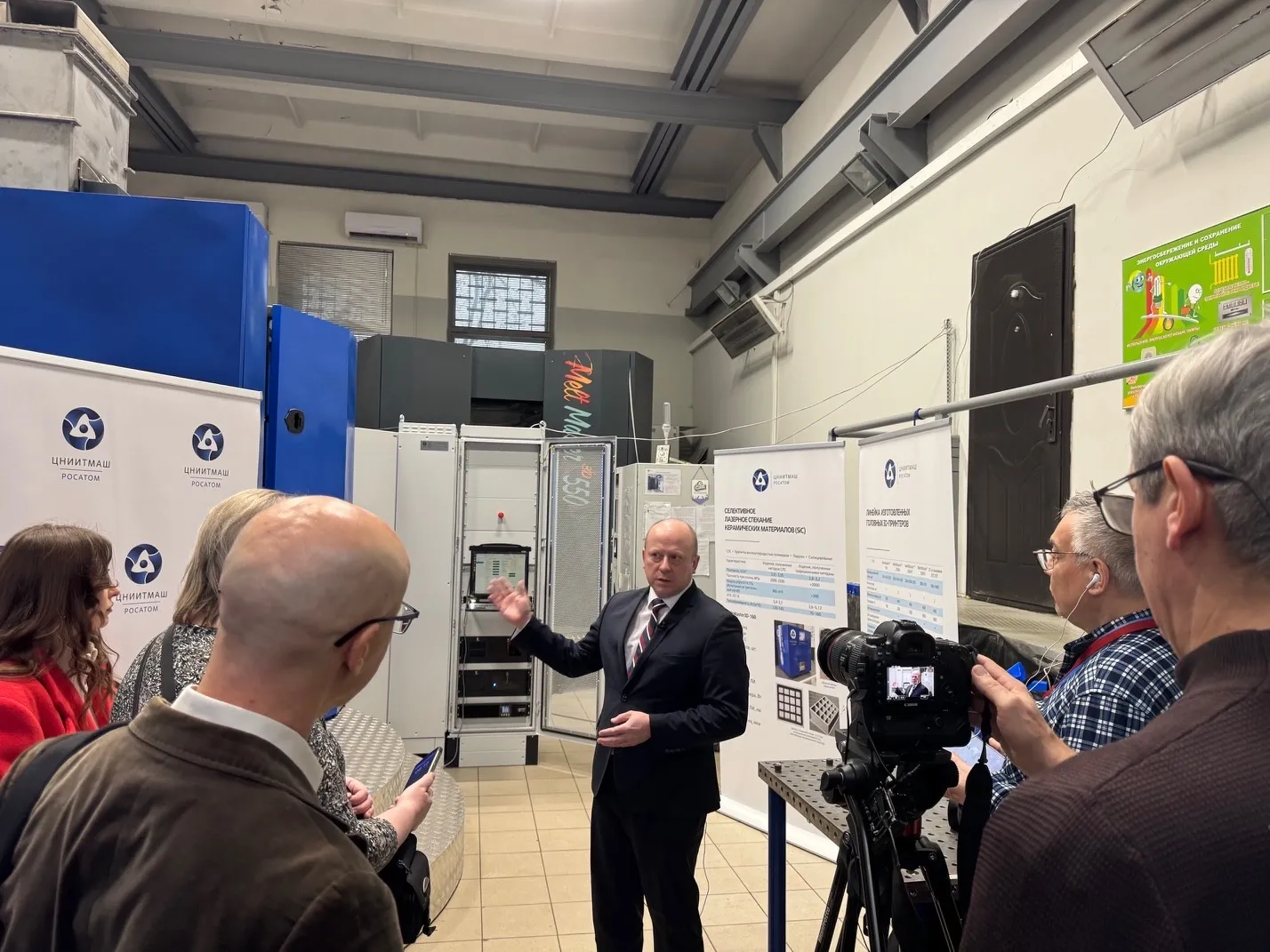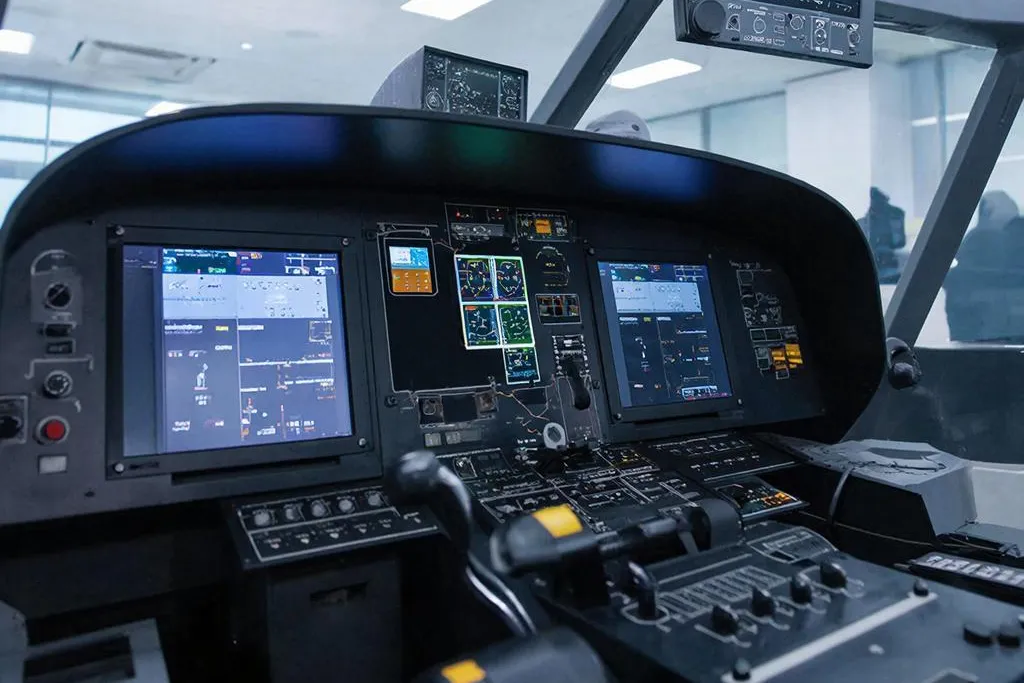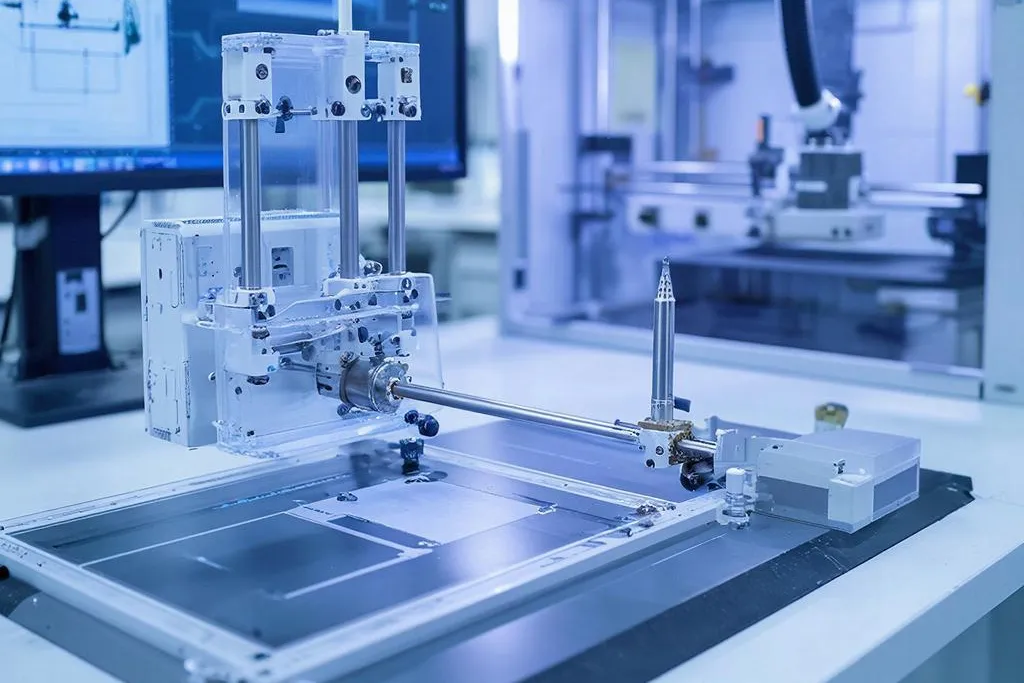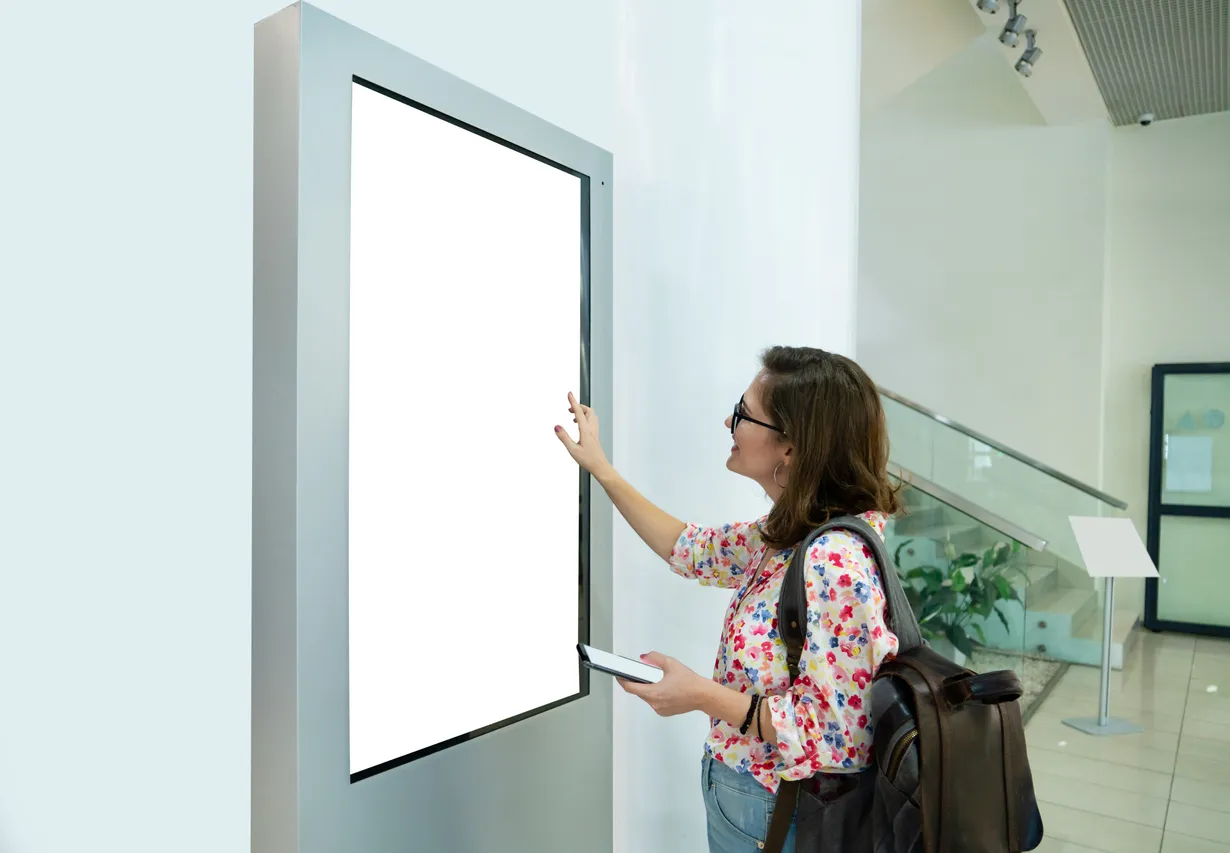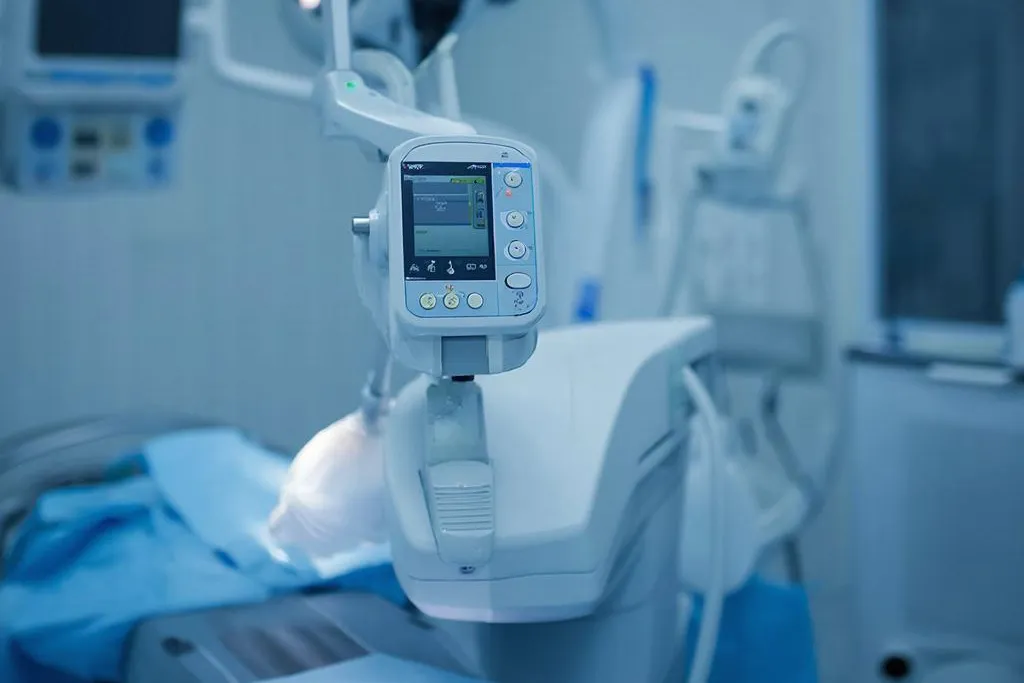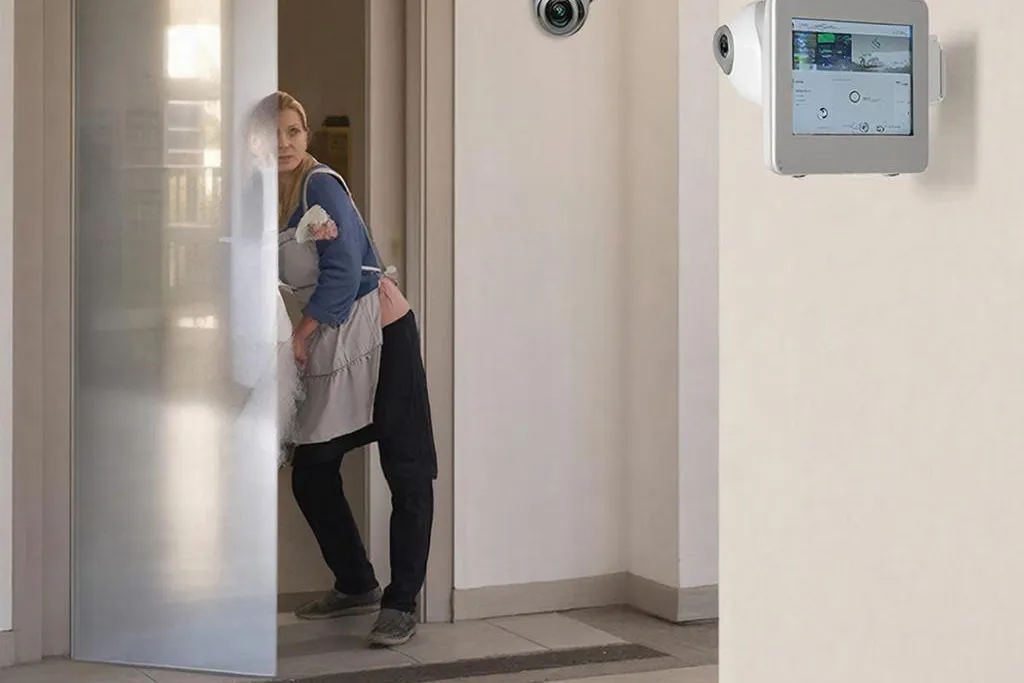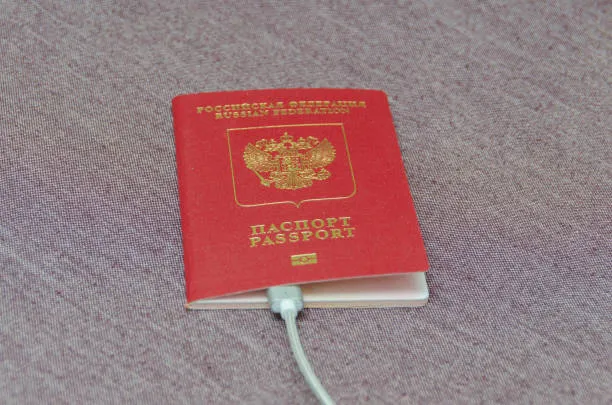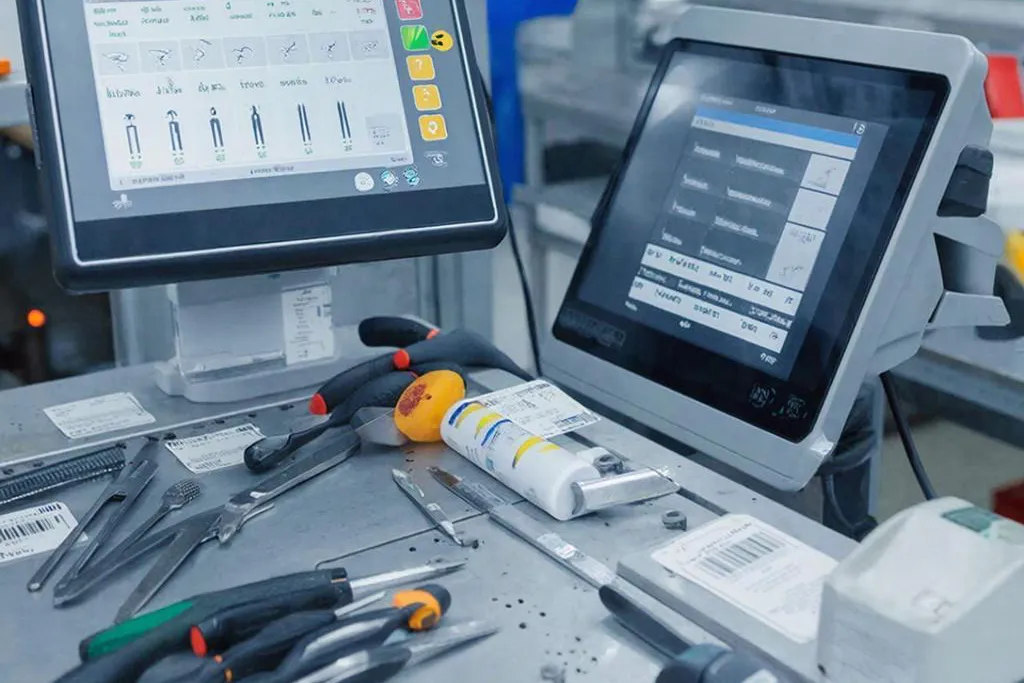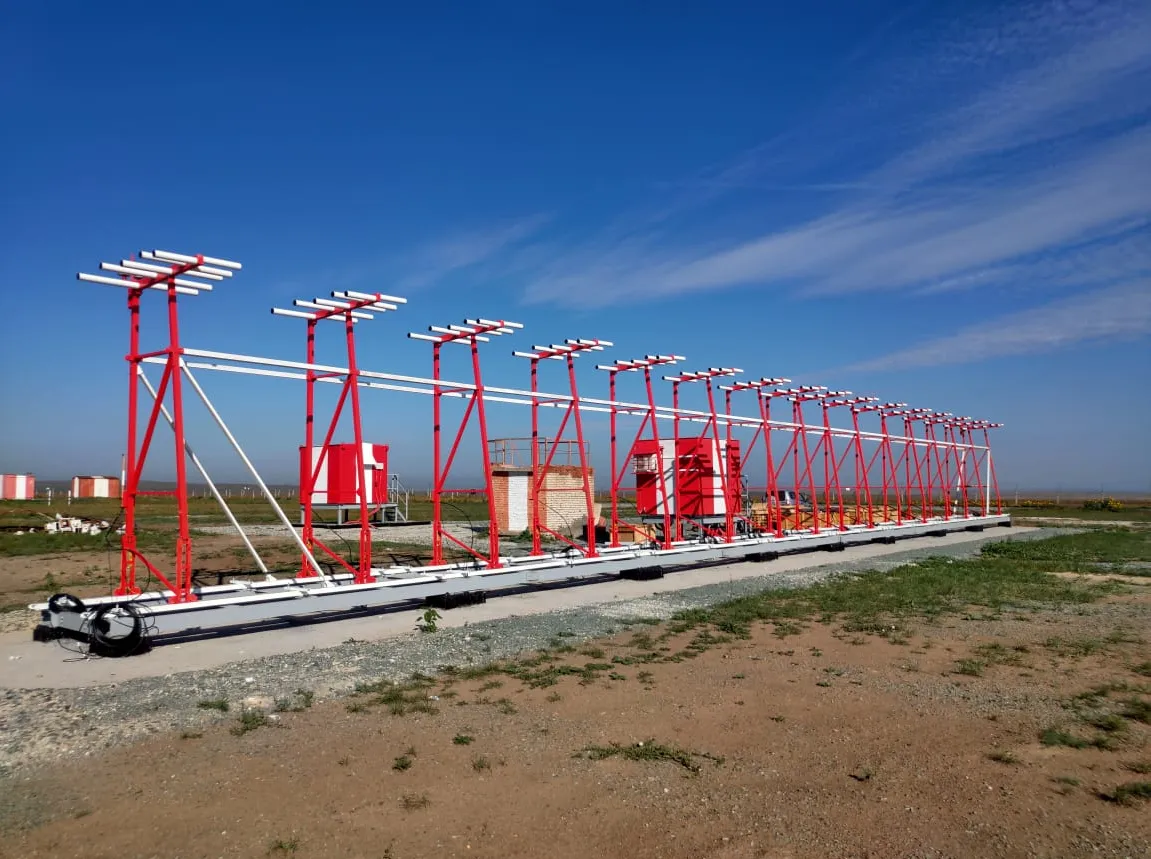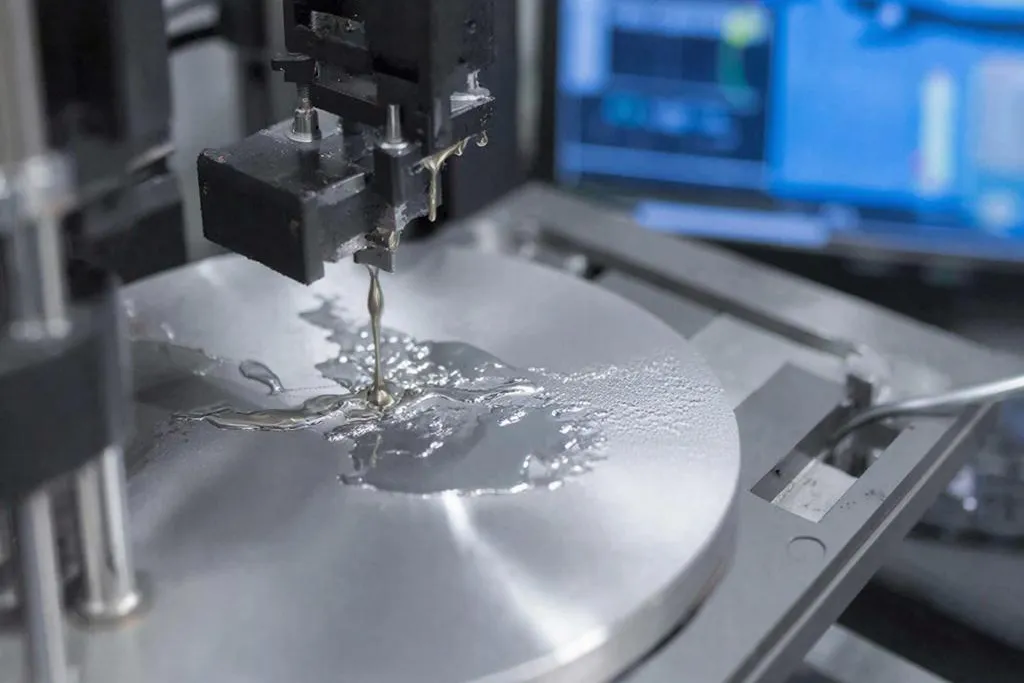Russian Scientists Create Neural Network for Precision Heart Surgery Planning
Researchers in Penza have developed a program that uses graph neural networks to model coronary arteries in 3D, helping surgeons plan life-saving procedures with unprecedented accuracy.
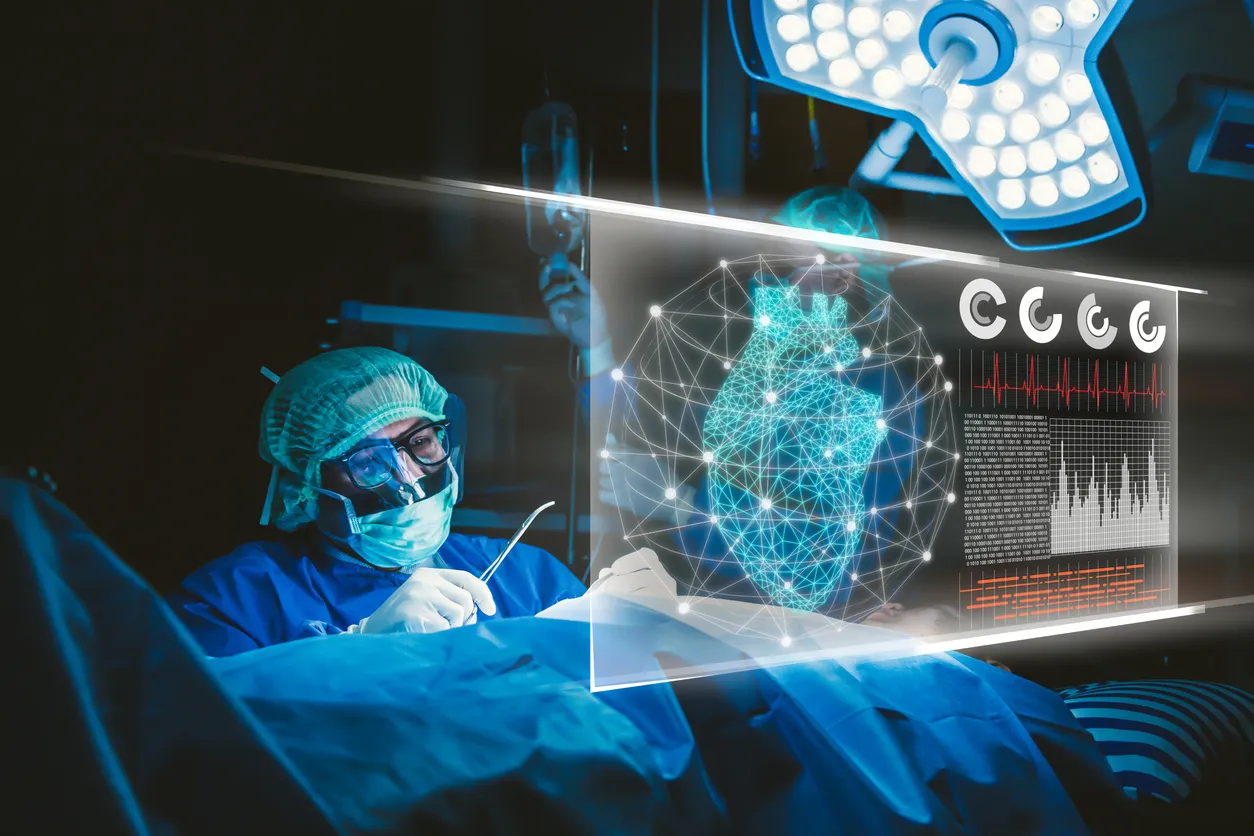
A team at Penza State University has built software that achieves 97% accuracy in planning operations to restore blood flow in coronary vessels. The system relies on graph neural networks to generate three-dimensional models of arteries, allowing surgeons to better prepare for angioplasty—a procedure in which a stent is inserted to widen narrowed arteries.
The program, called 3D-Corvasculograph, recreates the shape of arteries as they were before disease. By inputting an initial vessel diameter, the neural network generates a complete vascular map with thousands of branches. This helps doctors understand a patient’s unique anatomy before surgery, reducing risks of heart attacks or strokes.
For training, researchers used 30 casts of healthy human arteries. They filled the vessels with contrast material to obtain clear CT scans, then manually performed more than 957 measurements of branches and intersections to build the dataset.
The neural network is now being integrated into the 3D-Corvasculograph platform. Beyond assisting surgeons, it is expected to serve as a powerful teaching tool for medical students.



